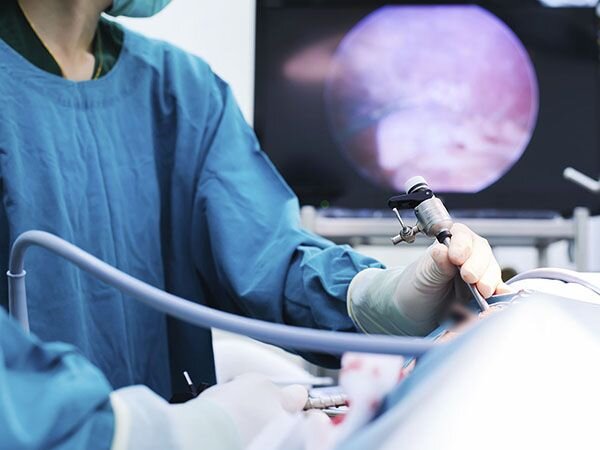What is Minimally Invasive Surgery (MIS)?
Minimally Invasive Surgery, often referred to as laparoscopic or endoscopic surgery, is a modern surgical technique that utilizes specialized instruments and cameras to perform procedures through tiny incisions or natural body openings. This approach minimizes trauma to surrounding tissues and organs, resulting in less pain, reduced scarring, and a shorter recovery period for your pet.
Benefits of Minimally Invasive Surgery
Minimally Invasive Surgery offers several advantages, including:
- Smaller Incisions: Tiny incisions reduce the risk of infection and discomfort for your pet.
- Less Pain: Reduced tissue trauma results in less pain post-surgery.
- Faster Recovery: Pets often recover more quickly and can return to their normal activities sooner.
- Improved Precision: High-definition cameras and specialized instruments allow for precise and targeted surgery.
Types of Minimally Invasive Procedures
- Laparoscopy: This technique is used for abdominal surgeries, such as spaying, neutering, organ biopsies, and tumor removals.
- Endoscopy: Endoscopic procedures involve examining and treating the gastrointestinal tract, respiratory system, and urinary system using a flexible endoscope.
- Arthroscopy: Arthroscopic surgery allows us to diagnose and treat joint conditions, such as cruciate ligament injuries and elbow dysplasia.
- Thoracoscopy: Thoracoscopic procedures address chest and lung conditions, including the removal of foreign bodies or tumor biopsies.
- Cystoscopy: Cystoscopy is used for examining and treating urinary tract issues in pets.


